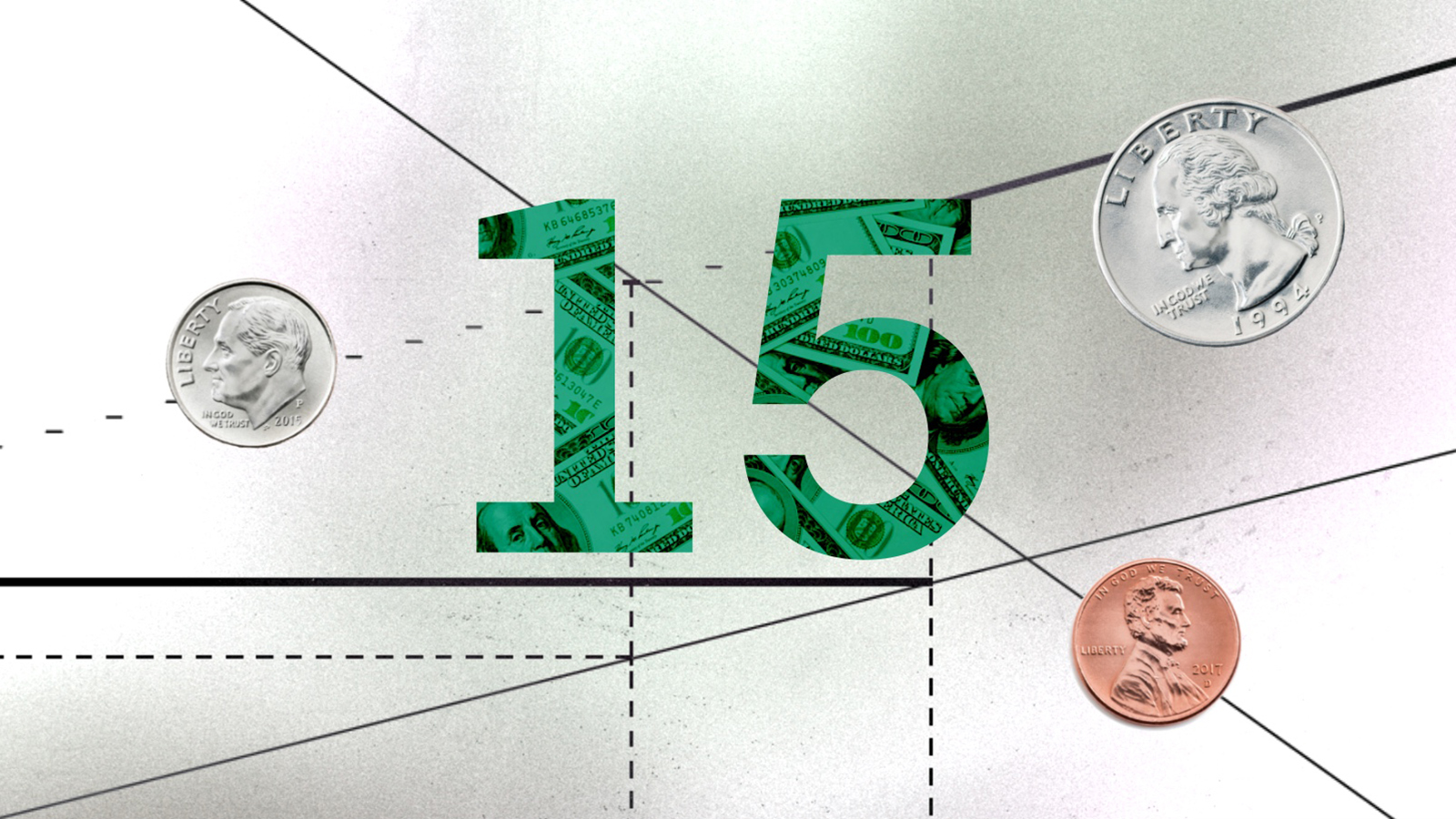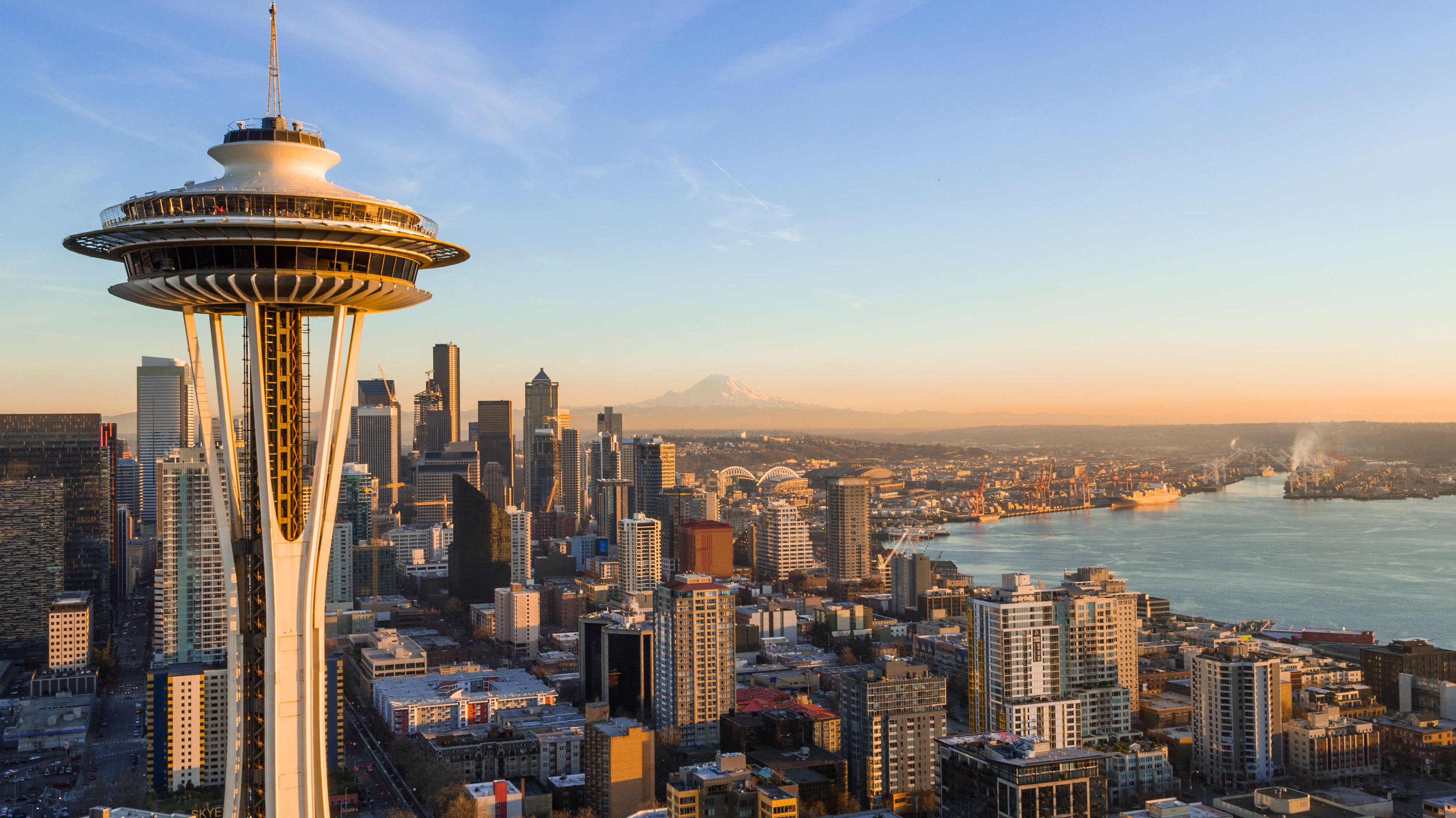Raising minimum wage to $15 an hour reduces costly turnovers, new study finds

(Photo by David Ryder/Getty Images)
- In 2017, a study came out that claimed raising the minimum wage to $15 an hour actually cost jobs.
- The same researchers have published a new report this month, which offers new conclusions. Namely, that experienced workers have seen benefits from the pay increase.
- The new data also suggests, simultaneously, that while there are less new entries into the Seattle workforce, companies have experienced a noticeable reduction in costly turnovers.

(Photo by David Ryder/Getty Images)
Let the crowing begin
Last year, there was a lot of crowing by some in our political world after a study came out that suggested raising the minimum wage in Seattle to $15 an hour actually cost jobs. That is, on top of employers reducing hours in response to the city’s new minimum wage law, in 2016, there was also 5,000 fewer low-wage jobs in the Emerald City than there would have been without the ordinance.
However, those same researchers have studied the latest data and have concluded something quite different. As it turns out, the affects of the minimum wage increase are more nuanced than previously espoused. It’s affected different groups of workers differently.

(Photo by David McNew/Getty Images)
Some real-world results, 1 year later
For instance, for those who worked the most in low-wage jobs and those who worked basically part-time in the same jobs, the increase made a difference in their lives. In return for the wage increase, however, employers expected more experienced staff who could learn quickly.
Meanwhile, for those who hadn’t yet entered the workforce before the wage increase but did after — for example, high school students entering the workforce for the first time — the benefit was less clear, and might have actually cost jobs in some cases. On the other hand, companies saw nearly a 10 percent reduction in costly turnovers.

(Photo by Joe Raedle/Getty Images)
If lawmakers can’t do it nationally, perhaps it’ll have to be done city-by-city?
The authors of said study are quick to state that their latest findings are not yet peer-reviewed, and that their study results might be specific to Seattle’s high-demand economy, but the positive impacts the pay increase has had are tantalizing. Given that Seattle-based Amazon recently raised its minimum wage — in what was apparently a direct response to critics — it will now be worth looking at how the pay increase increase affects workers in different markets across the United States.





